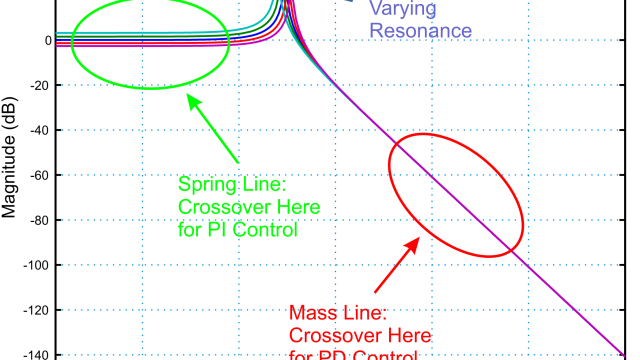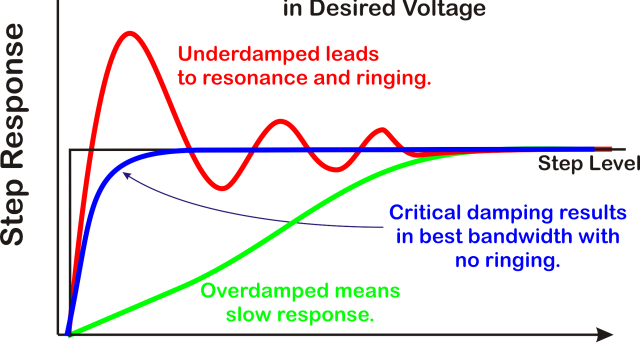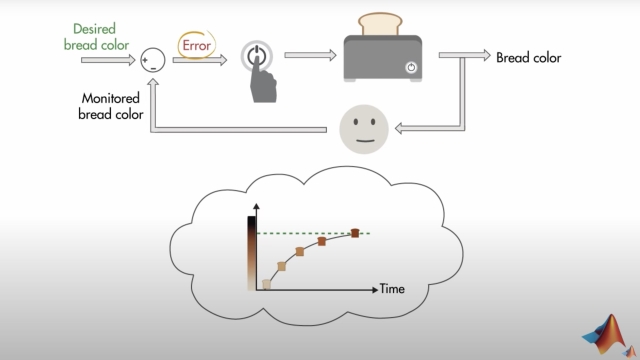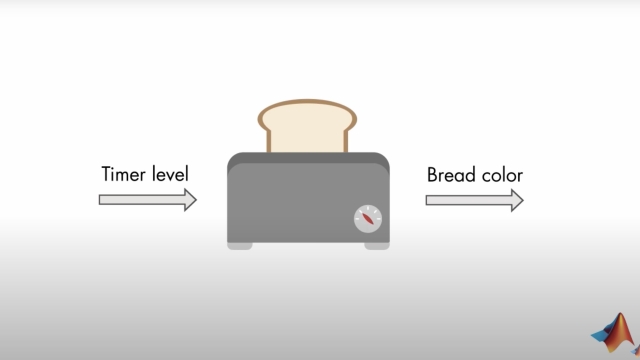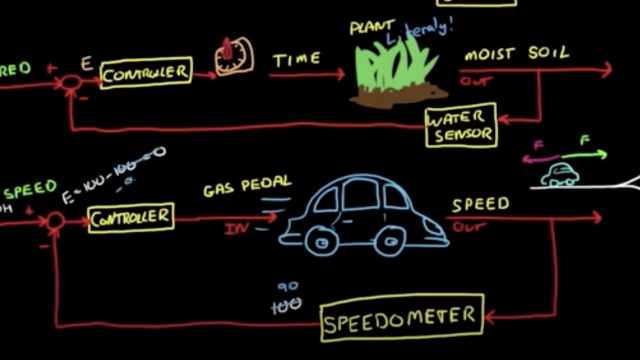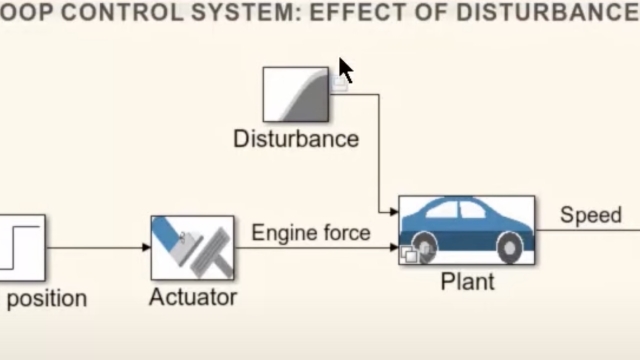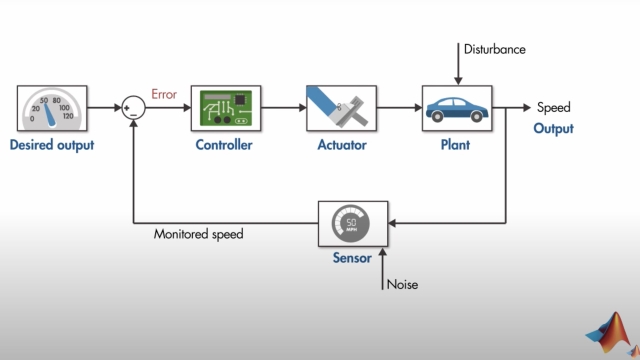Feedback principles are the broad and fundamental concepts that underlay all systems (both human made and in nature) which rely on feedback for their proper operation. While the specific application, models, parameters, and conditions of any one system/environment can dramatically alter the behavior of the feedback dependent system, the principles themselves are immutable. Furthermore, while learning the mathematics needed to do most control design and control systems engineering is complicated, the feedback principles themselves are fairly intuitive and straightforward.
A feedback loop consists of something that is being controlled, usually a physical object or subsystem within a larger object or system. Some aspect (or aspects) of the system are the signals being regulated and the first and most fundamental operation of feedback is the measurement of that signal. (We cannot control what we cannot measure.) The next piece of a feedback system is that this measurement is compared to some sort of desired or reference signal and -- at the simplest level -- a difference is computed. That difference is used to drive an adjustment mechanism. The adjustment mechanism then creates a new signal which is used to act upon the system so as to adjust the behavior of the measured signal.
When we measure something and then use that measurement in order to adjust the behavior of that something, this is feedback. It is a fundamental mechanism of nature and each of our bodies has hundreds if not thousands of feedback loops big and small. Moreover people have been building devices that implement automatic feedback loops for millennia without realizing that they were connected by some fundamental principles of operation. It was the flyball governor of the late 1800s CE, that regulated the pressure of steam engines, thereby accelerating the industrial revolution. These devices generated a lot of interest from famous scientists of the day (including James Clerk Maxwell -- he of the equations). The early 1900s brought telephony -- communicating over wires -- that required both amplifiers and repeaters. Those amplifiers behaved much better when they were run in a feedback loop. World War II brought both both automated weapons (the V1 and V2 bombs built by the Nazis) and radar guided anti-aircraft guns (the M4 Gun Director built by the Americans). Slowly, engineers working in these different areas started realizing that they were speaking different dialects of the same language and the field of automatic control -- where humans teach machines to use feedback to improve their operation -- was born.
So, feedback relies on:
- Measurement of the thing we wish to adjust
- A comparison with some reference level of that thing
- A decision mechanism for
- An adjustment mechanism for making that adjustment.
And these adjustments have to be made in a "Goldilocks" way: not too much and not too little. And they have to be made not too late. (No point speeding up your pace through the airport if the plane has already taken off.)
These are the fundamental principles of every feedback system, be it small or large, made by humans or occurring in nature.

